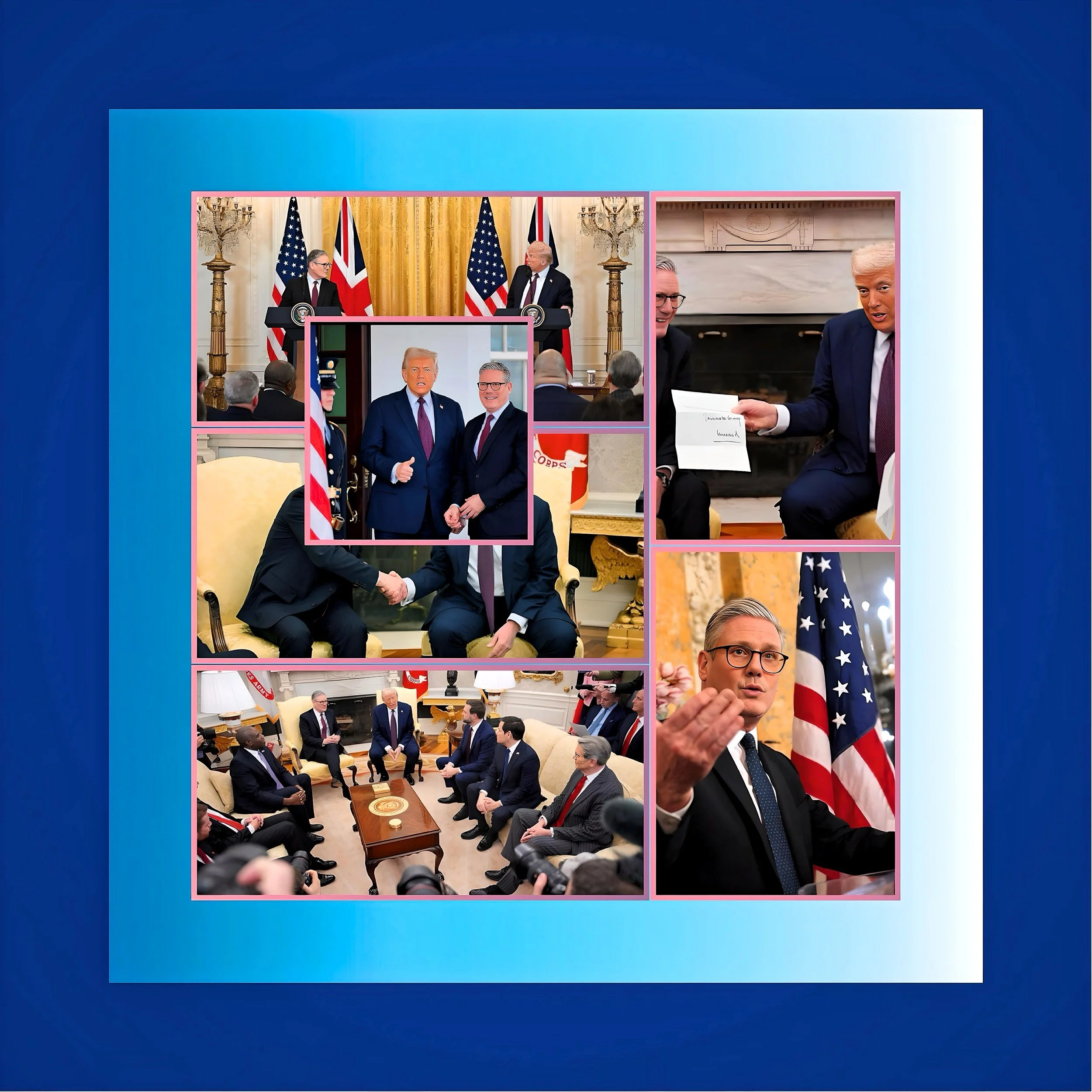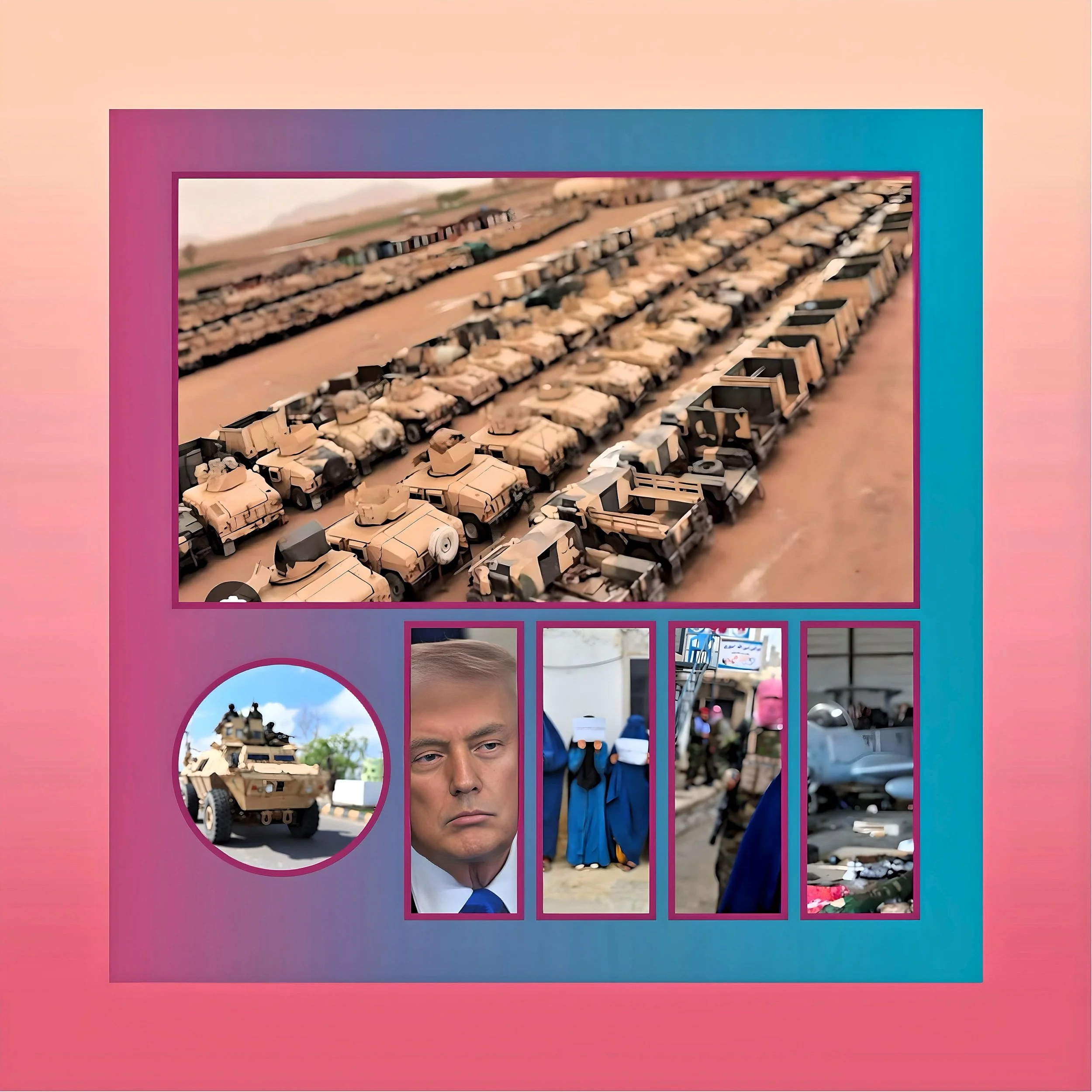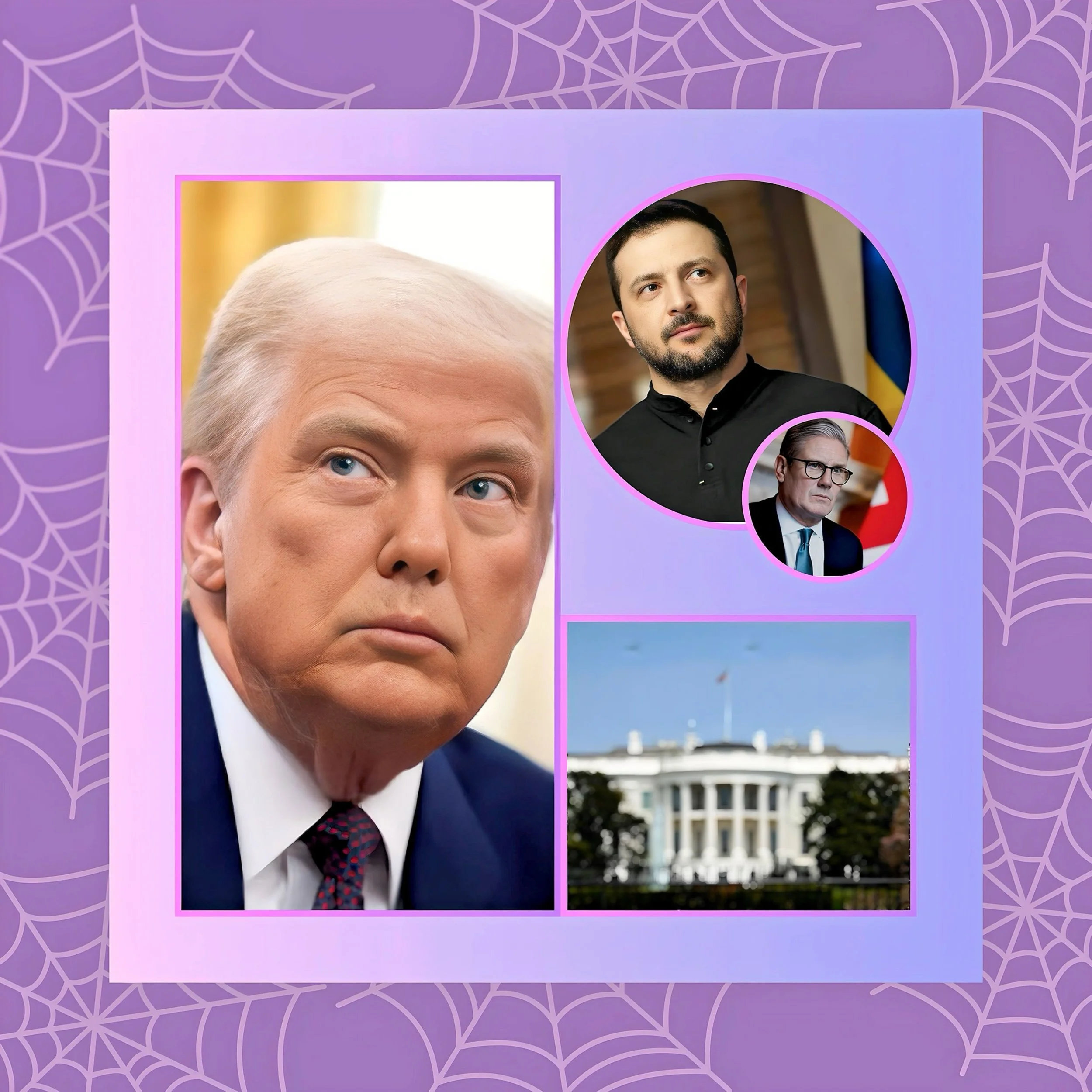Key Takeaways from the Starmer-Trump Meeting in Washington: Defense, Diplomacy, and Transatlantic Realignments
Introduction
The meeting between British Prime Minister Keir Starmer and U.S. President Donald Trump on February 27, 2025, represented a notable chapter in the evolution of transatlantic relations. This engagement reflected the changing geopolitical landscape amid the ongoing Russia-Ukraine war, shifting NATO commitments, and economic pressures.
Prime Minister Starmer’s visit highlighted the UK’s commitment to navigate Trump’s “America First” foreign policy while promoting European security interests and ensuring the stability of bilateral trade relations.
Key outcomes of the discussions included agreements on enhancing defense spending, addressing tariff negotiations, and deliberating varied approaches to the Ukraine crisis, all within the context of a recalibrated U.S.-Europe partnership.
Defense Spending and NATO Commitments
UK’s Defense Budget Increase
During the meeting, Prime Minister Starmer announced a significant enhancement to the UK’s defense budget, proposing an increase to 2.5% of GDP by 2027—the most substantial growth since the Cold War—with ambitions to reach 3% post-2029. This initiative, framed as a response to Russia’s actions in Ukraine, aims to align with President Trump’s emphasis on NATO allies contributing more.
The White House reiterated its expectation for European nations to reach a defense spending goal of 5% of GDP, surpassing the U.S.’s current 3.4%.
The UK's commitment, partly supported by a reduction in foreign aid (scaled back to 0.3% of GDP), exemplifies Starmer’s strategy to balance domestic fiscal considerations with transatlantic obligations.
NATO’s Article 5 and European Security
The discussions featured prominent conversations regarding President Trump’s stance on NATO’s Article 5 mutual defense clause. While affirming support for this principle, he indicated that U.S. commitments would depend on allies meeting increased spending requirements.
Prime Minister Starmer articulated the UK’s dedication to being a “leading country” in European security, emphasizing the necessity of a U.S. “backstop” in deterring Russian aggression. This dynamic revealed broader European concerns about the U.S.'s traditional role as NATO’s guarantor, particularly following past instances where European leaders were excluded from U.S.-Russia negotiations.
Economic Relations and Tariff Threats
Steel and Aluminum Tariffs
A significant point of contention arose surrounding President Trump’s proposed 25% tariff on EU steel and aluminum imports, slated for implementation on March 12, 2025. The UK sought exemptions to mitigate potential job losses in its manufacturing sector, which directly supports approximately 40,000 jobs.
Prime Minister Starmer articulated concerns that the tariffs might jeopardize the UK’s post-Brexit trade ambitions, advocating for a tailored U.S.-UK agreement to alleviate economic repercussions.
Trump’s focus on safeguarding American industries highlighted the challenge of aligning U.S. protectionist measures with European economic priorities.
Critical Minerals Deal with Ukraine
The leaders also discussed an impending U.S.-Ukraine agreement that would provide Americans access to critical rare earth minerals from Ukraine, essential for defense and technology sectors. President Trump characterized this arrangement as a pathway to “automatic security” via economic interdependence.
However, the deal prompted concerns regarding the absence of explicit security guarantees for Ukraine, an issue raised by Ukrainian President Volodymyr Zelenskyy, who is expected to finalize the agreement during his upcoming visit to Washington on February 28. While Prime Minister Starmer expressed cautious support for the arrangement, he emphasized the necessity of European participation in ensuring lasting peace.
Ukraine-Russia Peace Negotiations
Divergent Approaches to Diplomacy
President Trump's unilateral diplomacy with Russia—excluding Ukraine and European allies—faced sharp scrutiny from Prime Minister Starmer, who asserted the importance of establishing any peace deal that includes Kyiv and acknowledges Russia as the aggressor.
While President Trump expressed confidence in President Putin’s willingness to abide by commitments, European leaders cautioned against concessions that would legitimize Russian territorial claims. In response, Prime Minister Starmer is organizing a summit with leaders from France, Germany, Italy, and Poland on March 2 to develop a cohesive European counterproposal. However, President Trump regarded such efforts as secondary to U.S.-led initiatives.
Peacekeeping Proposals
In a significant development, Prime Minister Starmer and French President Emmanuel Macron discussed the potential deployment of European troops to Ukraine under a peacekeeping mission contingent upon a ceasefire agreement.
However, White House officials expressed skepticism about Europe’s ability to mobilize adequate forces without logistical support from the U.S., highlighting the gap between European aspirations and practical capabilities.
President Trump reiterated that post-conflict security responsibilities should primarily fall to Europe, stating, “We’re going to have Europe do that."
Diplomatic Dynamics and Bilateral Relations
Personal Diplomacy and Royal Outreach
Prime Minister Starmer employed personal diplomacy to facilitate a more constructive dialogue by presenting President Trump with a letter from King Charles III inviting him to visit Balmoral Castle—a gesture designed to resonate with Trump’s appreciation for British heritage. In adopting a pragmatic tone, which included subtle critiques of external influences on UK politics, Starmer sought to align with Trump’s preference for transactional relationships while promoting mutual interests
.Despite ideological differences, both leaders emphasized a shared commitment to “stripping away red tape” and fostering economic growth, reflecting Starmer’s effort to position the UK as a reliable partner in Trump’s recalibrated transatlantic agenda.
Trade and Post-Brexit Realities
The meeting underscored the UK’s precarious position post-Brexit, which relies on U.S. goodwill to offset its economic vulnerabilities.
Starmer’s push for a bilateral trade deal faced headwinds from Trump’s broader tariff strategy, prioritizing domestic protectionism over multilateral agreements.
The prime minister’s subsequent meetings with European leaders highlighted the UK’s dual challenge: securing U.S. partnerships while rebuilding bridges with EU neighbors alienated by Brexit.
Conclusion
A Transatlantic Relationship in Flux
The Starmer-Trump summit revealed a transatlantic alliance at a crossroads.
While the UK’s defense spending hike and diplomatic overtures are temporarily aligned with Trump’s priorities, fundamental disagreements over NATO, Ukraine, and trade persist.
Europe’s collective security framework faces unprecedented strain as the U.S. pivots toward bilateral deals and transactional diplomacy.
The success of Starmer’s strategy—balancing Atlanticist loyalties with European solidarity—will depend on navigating Trump’s mercurial policies while maintaining domestic political support.
As Ukraine’s future hangs in the balance, the meeting underscored a sobering reality: without cohesive transatlantic leadership, the post-war order risks fragmentation, empowering adversaries like Putin to exploit diplomatic divides.






